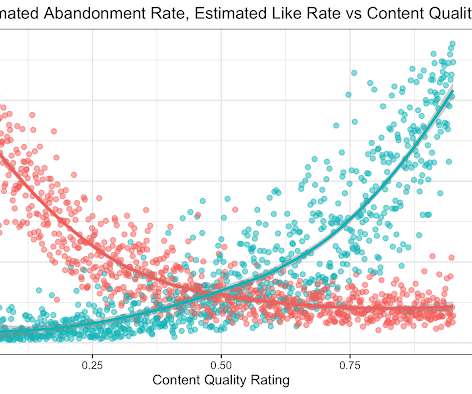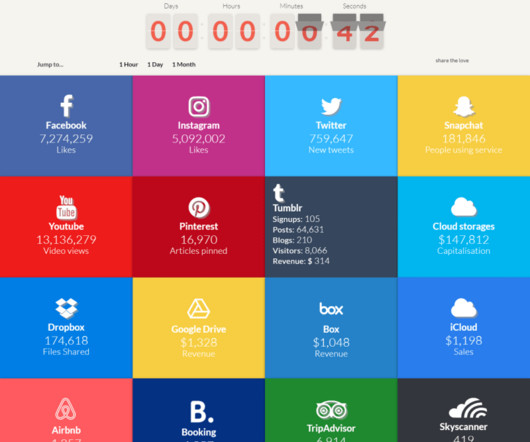Regulatory uncertainty overshadows gen AI despite pace of adoption
CIO Business Intelligence
AUGUST 24, 2023
It’s no surprise, then, that according to a June KPMG survey, uncertainty about the regulatory environment was the top barrier to implementing gen AI. So here are some of the strategies organizations are using to deploy gen AI in the face of regulatory uncertainty. With AI, their users can get extremely smart research assistants.

























Let's personalize your content